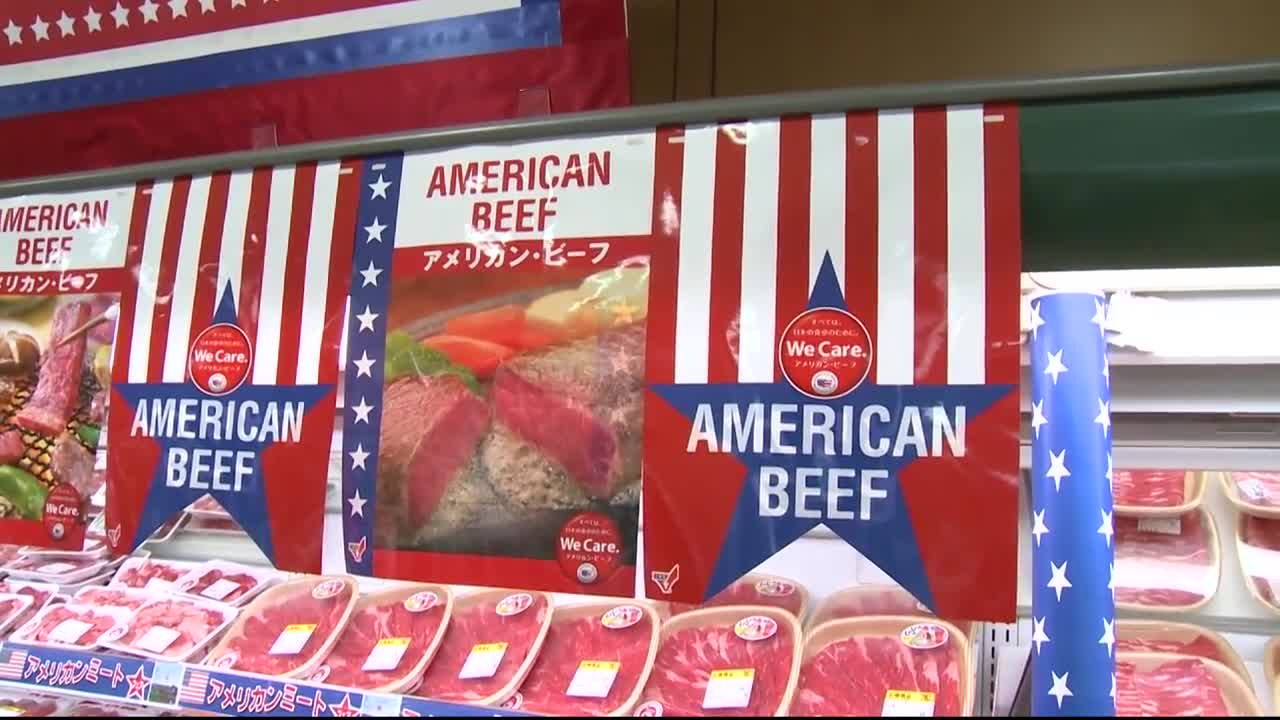The outgoing chairman of the U.S. Meat Export Federation says strong exports help add value to U.S....
Beef Exports Remain Solid, Despite Strong U.S. Dollar

Exports should be a key driver for cattle and beef markets in 2023. How export demand holds up will be influenced by what happens in currency markets. Beef export data continue to show overall growth, but with a high level of economic uncertainty worldwide, headwinds remain strong.
Beef exports accounted for 12.2% of total annual production in 2021. The export share was up slightly in 2022. USDA’s Economic Research Service calculates and publishes beef trade numbers. The latest official export numbers available are for November 2022. Data are published about five weeks after the close of a month.
November trade data showed monthly U.S. beef import levels were the lowest in nearly two years, while exports saw only the second year-over-year decline in 2022. November beef exports were 277 million pounds, down 6.1% from November 2021. Lower shipments were seen to most major destinations, with China down 10.7% from a year earlier, Japan down 10.1%, Mexico down 5.4%, and South Korea down 3%. Exports to Canada posted a 7.9% year-over-year increase.
January to November 2022 export volume was 3.27 billion pounds, up 4% from the record pace of 2021. Year-to-date exports to Japan, the leading volume market for U.S. beef, were down 1.7% from the same period last year. January to November export volume to South Korea was up 2.1% and likely to break the 2021 volume record when December data are available. January to November beef exports to China were up 22.3% and have already broken the annual 2021 record. Through November, exports to Mexico and Canada were 11.6% below and 1.6% above last year’s pace, respectively. Beef exports to the Philippines, Singapore and Cambodia already set annual volume records, and shipments to Thailand are on a record pace. Export volume to Taiwan through November is also on a record pace and well-positioned to top the 2020 record.
Beef export outlook for 2023
The World Agricultural Supply and Demand Estimates, prepared and released by the World Agricultural Outlook Board, have beef exports declining by about 13% in 2023 compared to 2022, and imports declining about 1% ― with their forecasts reflecting the supply realities here in the United States and abroad.
A weaker U.S. dollar is needed to offset some of the expected increase in export prices. Any continuing strength in the U.S. dollar would not bode well for exports. A stronger U.S. dollar means international buyers have to pay more of their own currency to buy U.S. beef. A strong U.S. dollar also tends to support U.S. beef imports as it effectively lowers the price of those goods from other markets.
The U.S. Dollar Index is used to measure the value of the dollar against a basket of foreign currencies. The six currencies included are the Euro, Swiss franc, Japanese yen, Canadian dollar, British pound, and Swedish krona. Comparing the average of daily U.S. Dollar Index values in 2022 to 2021, the U.S. dollar appreciated 12.4% in 2022. It hit a two-decade high in September and remained at elevated levels through early November, before retreating some to end the year. A global recession would hit emerging markets particularly hard, and this has been an area of growth for U.S. beef exports in recent years.
It is important to remember that the exchange rate is not the only factor in trade. Exchange rate shifts are translated into price changes for goods traded. Other events like drought and economic slowdowns can trigger indirect effects and affect trade levels. It’s also important to remember that for high-value products, like beef, quantity demanded can be less sensitive to price and currency fluctuations. A strong dollar will be a hurdle for beef exports in 2023 ― but as history has shown, it will not be a roadblock.
EDITOR’S TAKE:
Lower beef production in the U.S. has led to increased prices at the consumer level. In turn, higher prices coupled with a strong dollar and the demand for beef appears to be dropping slightly in foreign markets. However, with the political and economic uncertainty facing many countries today, predicting the future has become a game for those with a very high-risk tolerance. We will certainly want to pay close attention to the actual export figures as 2023 develops. That said, keep in mind that exports for beef accounts for just over 12% of total production. Beef producers will certainly have adequate income that will allow them to purchase or lease trucks from CAD members like you in 2023.








